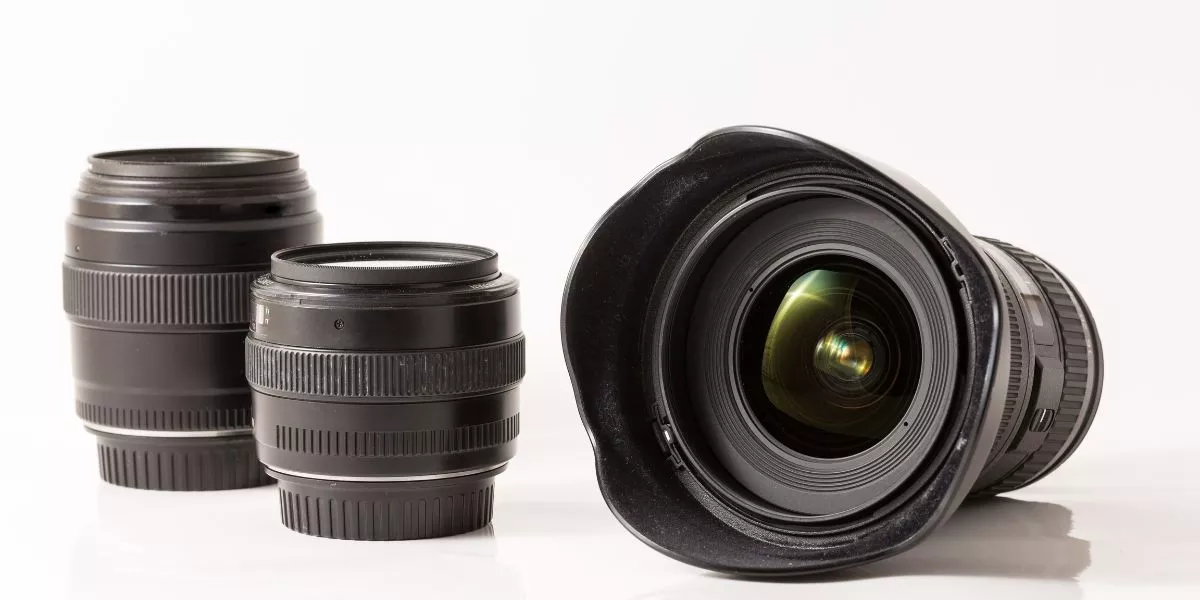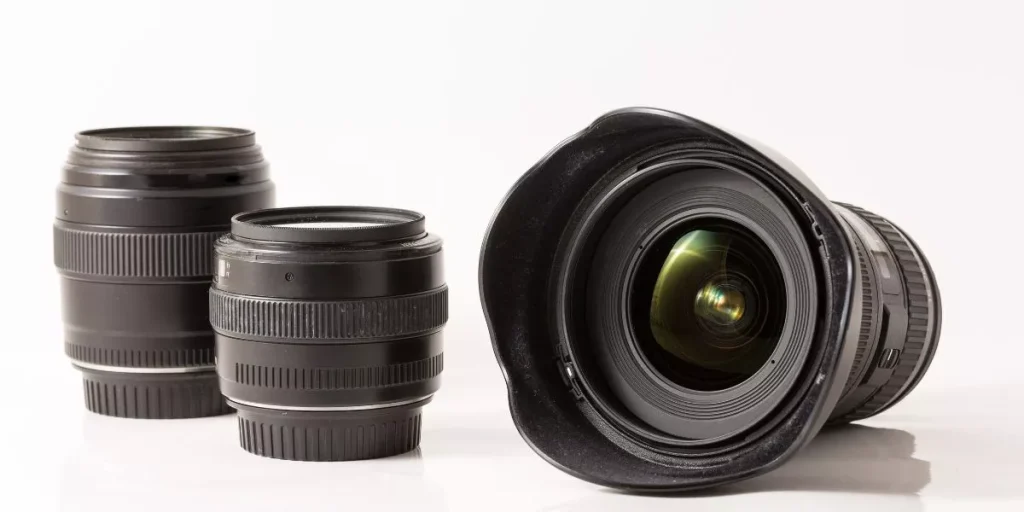

When it comes to selecting the perfect camera lens, the options can be overwhelming. Each lens type offers distinct advantages, but how do you determine which one suits your needs best? Understanding the nuances of focal length, aperture, and compatibility is key in making an informed decision. By delving into these aspects, you can unlock the potential to elevate your photography to new heights. So, are you ready to unravel the mysteries behind choosing the right camera lens for your creative vision?
Understanding Lens Types
When selecting a camera lens, it's essential to understand the different lens types available to achieve your desired photographic results. The two main categories of lenses are prime lenses and zoom lenses. Prime lenses have a fixed focal length, meaning they don't zoom in or out. They're known for producing sharper images and better performance in low light conditions compared to zoom lenses. On the other hand, zoom lenses offer versatility by allowing you to zoom in and out to frame your shots without changing the lens.
Within these categories, there are further distinctions such as wide-angle, standard, and telephoto lenses. Wide-angle lenses have a shorter focal length, ideal for capturing expansive landscapes or tight indoor spaces. Standard lenses, often around 50mm, closely resemble what the human eye sees and are great for everyday photography. Telephoto lenses, with longer focal lengths, are perfect for shooting subjects from a distance, like wildlife or sports events.
Understanding these lens types will help you choose the right one for your specific photography needs.
Focal Length Demystified
Demystifying focal length can greatly enhance your understanding of camera lenses and how they impact your photography. Focal length is the distance between the lens and the image sensor when the subject is in focus. It directly affects the magnification and angle of view of the lens. Lenses with shorter focal lengths have a wider angle of view, making them ideal for capturing landscapes or group shots. On the other hand, lenses with longer focal lengths have a narrower angle of view, allowing you to zoom in on distant subjects, perfect for sports or wildlife photography.
Understanding focal length is crucial when choosing a lens for your desired shot. For example, a 50mm lens is considered a standard focal length, closely resembling what the human eye sees. Wide-angle lenses, such as 24mm, are great for expansive scenes, while telephoto lenses like 200mm are excellent for bringing faraway subjects closer. By grasping the concept of focal length, you can better select the right lens to achieve the desired effect in your photographs.
Aperture and Its Impact
Understanding aperture and its impact on your photographs is essential for mastering the art of photography. Aperture refers to the opening in the lens through which light passes to reach the camera sensor. It's denoted by f-stop numbers such as f/2.8, f/4, f/8, etc. The lower the f-stop number, the wider the aperture and the more light that enters the lens.
Aperture plays a crucial role in determining the depth of field in your images. A wide aperture (low f-stop number) creates a shallow depth of field, resulting in a blurred background that helps isolate your subject. On the other hand, a narrow aperture (high f-stop number) increases the depth of field, keeping more of the scene in focus.
Additionally, aperture impacts the exposure of your photos. By adjusting the aperture, you can control the amount of light entering the camera, allowing you to properly expose your images in various lighting conditions. Mastering aperture settings will enhance your creative control and elevate the quality of your photographs.
Lens Compatibility Guide
To ensure you select the right lenses for your camera, understanding lens compatibility is key. Not all camera lenses are universally compatible with all camera bodies. Different camera manufacturers have specific lens mounts that dictate which lenses are suitable for their cameras.
For example, Canon lenses are designed for Canon cameras, while Nikon lenses work best with Nikon bodies. It's crucial to check the lens mount of your camera and ensure any new lens you purchase matches that mount.
Additionally, consider factors like full-frame or crop-sensor compatibility. A full-frame lens on a crop-sensor camera may result in a narrower field of view. However, using a crop-sensor lens on a full-frame camera might cause vignetting.
Understanding these compatibility factors will help you make informed decisions when expanding your lens collection. Be sure to research and verify compatibility before making any lens purchases to avoid any disappointments or issues down the line.




